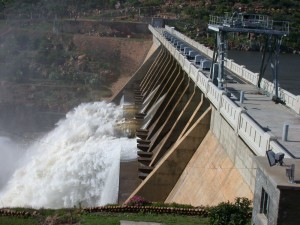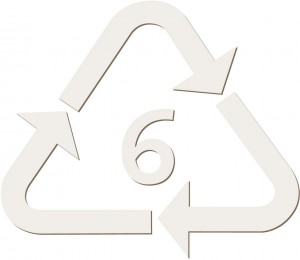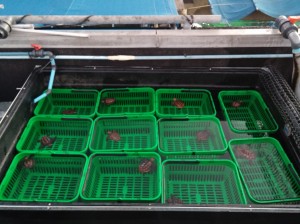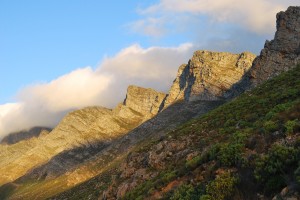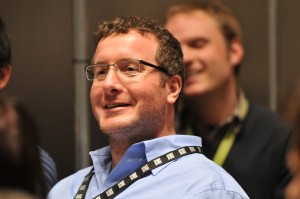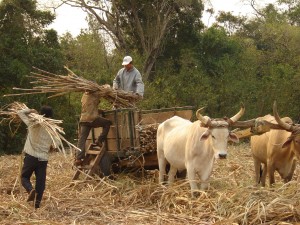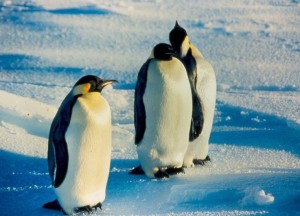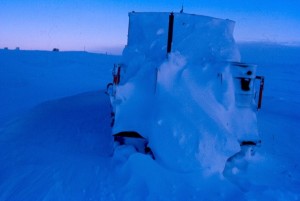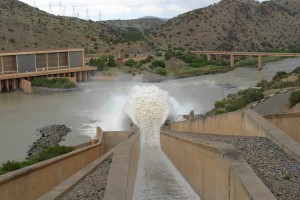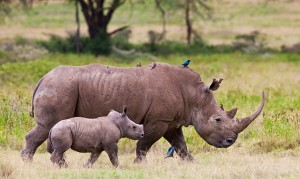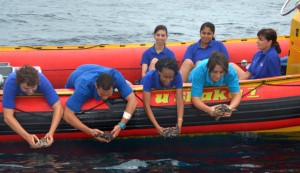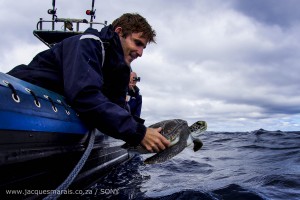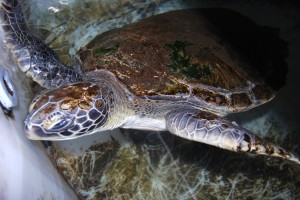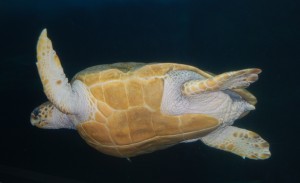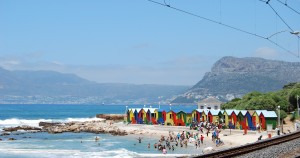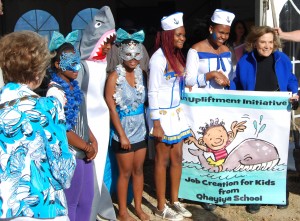With South Africa celebrating “Mandela Month” and his birthday having just passed, my thoughts turn to Nelson Rolihlahla Mandela, the incredible man who helped shape a New South Africa, and the incomparable legacy of the lessons he left us with.
![4d1l5_042406001386314473[1]](http://caroleknight.co.za/wp-content/uploads/4d1l5_04240600138631447311.jpg) To today’s recreational day-tripper it may seem that Robben Island has few resources to offer prisoners for self-improvement. Separated from South Africa’s mainland, isolated and windswept, it has poignant reminders of previous periods when it was used as a leper colony and lunatic asylum. However, it was on this lonely, forsaken island that Nelson Mandela and his fellow political prisoners used dialogue to create a “culture of comradeship, co-operation and learning, of fierce debate coupled with political tolerance,” turning the blinding bowl of the limestone quarry in which they worked with pick and shovel into a debating club and campus.
To today’s recreational day-tripper it may seem that Robben Island has few resources to offer prisoners for self-improvement. Separated from South Africa’s mainland, isolated and windswept, it has poignant reminders of previous periods when it was used as a leper colony and lunatic asylum. However, it was on this lonely, forsaken island that Nelson Mandela and his fellow political prisoners used dialogue to create a “culture of comradeship, co-operation and learning, of fierce debate coupled with political tolerance,” turning the blinding bowl of the limestone quarry in which they worked with pick and shovel into a debating club and campus.
With his candid pronouncement that “I’m no angel”, Mandela’s transformation from defiant and contemptuous agitator to endearing and pragmatic statesman was all the more remarkable because it was accomplished in the grim austerity of Cell 5 in the B-Section of the prison on Robben Island.
He found that “the cell is an ideal place to learn to know yourself, to search realistically and regularly the processes of your own mind and feelings. In judging our progress as individuals, we tend to concentrate on external factors, such as one’s social position, influence and popularity, wealth and standard of education … but internal factors may be even more crucial in assessing one’s development as a human being.”
Eddie Daniels, a fellow prisoner on Robben Island, said in an interview: “He (Mandela) gave us hope when everything was rock bottom and we saw no future. But character, not religion, was his strength.” Mandela learnt moral authority and ideological depth through reading voraciously, studying extensively and reflecting deeply on past actions, relationships, principles, beliefs and ideas – through his brains and not his blood, as he later put it.
Character or moral strength is interpreted differently by different cultures, but, for many people around the world, it represents the outward manifestation of a soul which is in alignment with itself, despite having been sorely tested. Having more to do with what is right than with what is expedient, character is not the exclusive preserve of the world’s highest and mightiest, being as likely to wind its way among the humble huts of a peaceful rural village as it is to find a path through the loftiest global corridors of power.
Character cannot be inherited or conferred by influence or position. It cannot be taken by force or won by popularity. It cannot be sold, bartered or bought. Its value, therefore, lies in the fact that it has to be earned by transcending the trials of life and, although in the frenetic pace of the early 21st century character has become a somewhat outmoded concept, its attributes are still highly prized by the global community.
Nelson Rolihlahla Mandela, buffeted for much of his life by hurricane-force winds has become a universal symbol of the transcendent power of character. Thank you for the lessons Madiba. May we learn them well.
